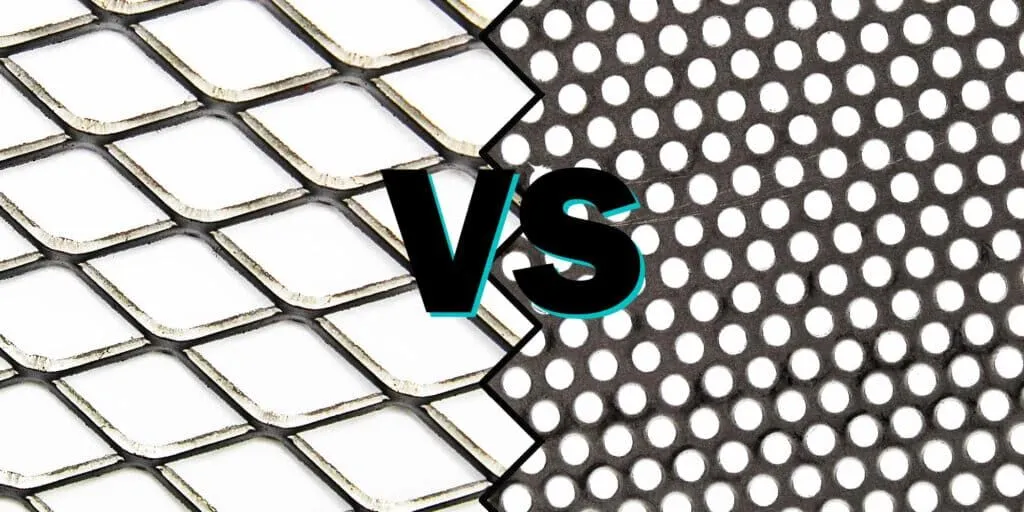Understanding Chain Link Fence Sections A Comprehensive Guide
Chain link fences have been a popular choice for property owners for many years, and their versatility and durability make them an enduring solution for various fencing needs. One of the key components that contribute to the effectiveness and functionality of chain link fences is the chain link fence sections themselves. In this article, we will explore what chain link fence sections are, their components, advantages, installation processes, and maintenance tips to help you make informed decisions regarding your fencing needs.
What are Chain Link Fence Sections?
Chain link fence sections are pre-fabricated panels that consist of a woven wire mesh made from galvanized steel, aluminum, or vinyl-coated materials. They come in different heights and lengths, allowing for customization according to the specific requirements of your property. Each section is designed to be easily installed and connected to fence posts, creating a continuous barrier that can be used for security, privacy, and aesthetic appeal.
Components of Chain Link Fence Sections
A typical chain link fence section consists of several key components
1. Wire Mesh The primary element of the fence section, the wire mesh is created by weaving together vertical and horizontal wires. The mesh size can vary, with smaller openings offering greater security while larger openings allow for visibility.
2. Top Rail This is a horizontal pipe that runs along the top of the fence sections. It provides structural support and stability to the entire fence, ensuring the integrity of the mesh and maintaining its shape.
3. Bottom Rail Similar to the top rail, the bottom rail runs along the base of the fence section. It helps keep the fence secure and can prevent animals from digging underneath.
4. Fence Posts These vertical supports are typically installed in concrete within the ground. They hold the fence sections in place and enable them to withstand wind, tension, and other forces.
5. Gates Chain link fences can also include gates that allow for access to the property while maintaining security.
Advantages of Chain Link Fence Sections
There are several reasons why chain link fences are favored
1. Durability Chain link fences are resistant to rust and corrosion, particularly if made from galvanized or vinyl-coated materials. This longevity makes them a cost-effective investment.
2. Visibility Unlike solid fences, chain link fences provide an unobstructed view of the surrounding area, which can deter criminal activity.
3. Low Maintenance Chain link fences require minimal upkeep—occasional cleaning and inspection for damage are often all that is needed.
chain link fence sections

Installation Process
Installing chain link fence sections typically requires the following steps
1. Planning and Measurement Begin by surveying the area and determining the fence line. Measure the total length of fencing required.
2. Gathering Materials Purchase the necessary materials, including fence sections, posts, rails, and hardware (such as tension bands and ties).
3. Post Installation Dig holes for the fence posts at regular intervals. Set the posts in concrete to ensure they are stable and secure.
4. Attaching Fence Sections Once the posts are set, connect the chain link sections to the posts using clamps and ties. Ensure that the mesh is taut for effective fencing.
5. Adding Rails Install the top and bottom rails, providing additional support and stability.
6. Finishing Touches Add gates and any necessary accessories, ensuring everything is properly aligned and secure.
Maintenance Tips
To prolong the life of your chain link fence sections, follow these maintenance tips
1. Regular Inspections Examine the fence for signs of rust or damage, especially after severe weather.
2. Cleaning Periodically wash the fence with soap and water to remove dirt and debris.
3. Repairing Damage Promptly address any damage, such as bent sections or loose wires, to maintain the integrity of the fence.
4. Rust Treatment If rust is noticed, treat it immediately with rust-inhibiting paint or sealant to prevent further deterioration.
In conclusion, chain link fence sections are a practical and effective fencing solution for a variety of applications. With their durability, low maintenance requirements, and versatility, they serve as a dependable barrier for both residential and commercial properties. By understanding the components, installation processes, and maintenance tips associated with chain link fences, you can ensure that your fencing serves its purpose for years to come.
-
Why Galvanized Trench Cover Steel Grating Resists Corrosion
NewsJul.10,2025
-
The Versatility and Strength of Stainless Expanded Metal Mesh
NewsJul.10,2025
-
Load Calculations in Steel Grating Platforms
NewsJul.10,2025
-
Keeping Pets and Kids Safe with Chicken Wire Deck Railing
NewsJul.10,2025
-
Hole Diameter and Pitch for Round Perforated Metal Sheets
NewsJul.10,2025
-
Aluminium Diamond Mesh in Modern Architecture
NewsJul.10,2025
Subscribe now!
Stay up to date with the latest on Fry Steeland industry news.

